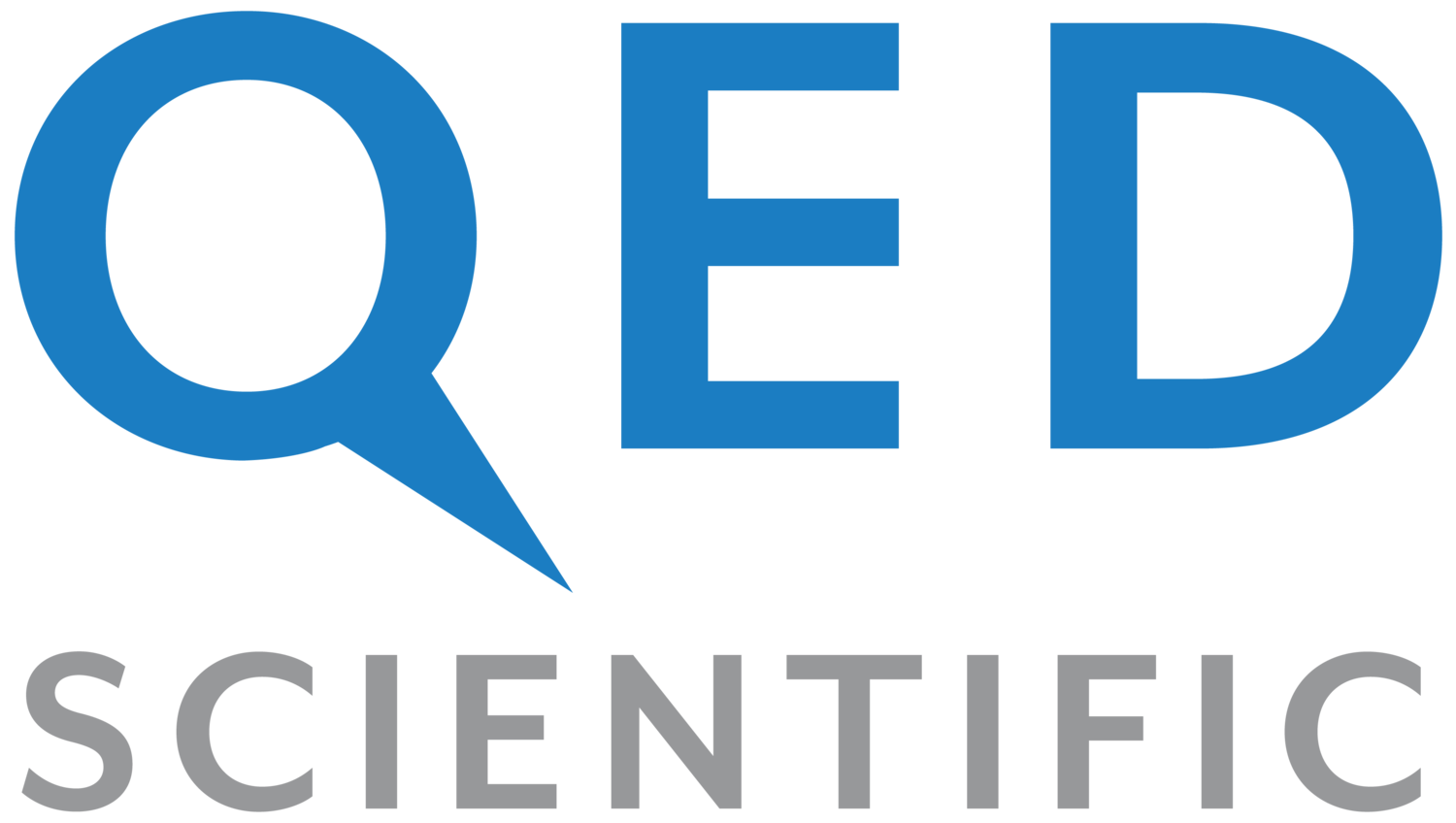Can specialist patient warming devices lower the likelihood of perioperative hypothermia?
Described as a common but preventable complication of perioperative procedures, perioperative hypothermia can be extremely problematic and extend stays in post-surgery recovery suites.
But can specialist patient warming systems lower the likelihood of patients developing such a worrying complication?
What is perioperative hypothermia?
Developed at any stage of the perioperative pathway, including before or after the surgical procedure, perioperative hypothermia (PH) occurs when the core temperature drops to below 36°C – usually as a result of a general anaesthetic.
This is problematic because the core temperature (the temperature of the organs) prefers to be slightly warmer than in locations where body temperature is normally measured, for example, in the mouth or ears. And if not watched carefully, anaesthetic can cause core temperatures to drop to less than 35°C in as little as 30 minutes.
If PH occurs unintentionally, according to NICE guidelines, it can increase the chance of:
Blood loss – which increases the necessity for blood transfusion
SSIs – surgical site infections
Heart problems
Bedsores
Longer recovery periods, which may mean longer stays in hospital
Maintaining normal core temperature, sometimes termed normothermia, reduces or significantly removes the likelihood of these symptoms occurring.
This is extremely important if patients meet the NICE risk criteria for PH:
As they have high blood pressure, asthma, diabetes, or angina.
If their core temperature is already below 36°C before the operation
If patients are having a regional anaesthetic (like an epidural) and general anaesthetic
The operation is not classified as minor
Assessment shows they are at risk of heart problems during or after the procedure
Benefits of reaching and maintaining patient normothermia
The benefits for patient health can be huge if physicians and nursing teams can prevent PH. These benefits include:
Reducing risks of SSI (surgical site infections)
Stopping vasoconstriction (constriction of blood vessels which can raise blood pressure and be life-threatening) and tissue hypoxia (Oxygen loss in the tissues of the body)
Reducing lengths of stays in PACU or post-surgery recovery suites
Increasing patient satisfaction and comfort
So, if preventable, how can we stop the chances of PH developing in patients?
How to avoid perioperative hypothermia?
The simplest and easiest method of preventing PH is by closely following the guidance issued by NICE in 2008.
The major tenets of this include:
Increased monitoring of patient temperature – regularly, at every stage of the perioperative process.
From the time patients arrive, they should be assessed for PH risk factors and have their temperature taken regularly – most importantly, before they are transported to the operating theatre.
Regular monitoring removes the likelihood that patients will develop perioperative hypothermia and experience later complications.
Using patient warming machines and equipment – to maintain patient temperature to 36°C at all times.
Patient warming is often achieved with a process called forced-air warming*, which ensures normothermia, but it can also include using warmed fluids, ensuring patients wear more layers before surgery (using dressing gowns and slippers, etc.) warming the operating theatre, and using warming blankets.
*NICE has now approved the use of the more efficient conductive warming systems such as supplied by MedWarm.
If at any time the patient’s core temperature drops below 36°C, they should be given extra layers or patient warming systems to ensure that they reach normothermia before they are given anaesthetic and moved into surgery. This is not always possible with non-elective patients where their core temperatures will often be well below the 36°C threshold.
Patient warming devices and measurements should also continue to be used during and after surgery to ensure patients do not experience PH during recovery.
Choose QED Scientific for your patient warming needs
With a range of simple, trusted products designed specifically to ensure patient normothermia, QED Scientific can help physicians and nurses provide exceptional patient care and improve surgical outcomes – including removing the chance of their patients developing perioperative hypothermia.
Medwarm patient warming
Medwarm’s range of warming mattresses and blankets offer cost-effective patient warming systems that regulate temperature ranges between 30°C- 40°C, are adjustable in 0.1°C increments and will reach set temperatures in less than 8 minutes.
They are also:
Ultra-sonically sealed to prevent liquid ingress
Can be battery-powered for easy transportation
X-ray translucent
Easy to adjust and clean, using standard cleaning protocols
Alarmed for extra security
Operate silently to stop distractions and annoyance to surgeons during use
HICO patient warming
HICO offers a range of products designed for the entire perioperative pathway – allowing medical staff to accurately control patient temperature using surface contact with single-use or reusable water pads.
This includes the Variotherm 550, which operates at 5°C to 40°C, making it ideal for cardiology, intensive care and operating theatres, and the Variotherm 555 which operates at 15°C to 39°C and are better suited to neonatal or paediatric departments.
For specific advice about which patient warming systems are best for your setting, or to ask any questions, browse our entire patient warming device range or give us a call today.
